The new leader of the Scottish Conservatives has backed The Courier’s campaign on parole reform.
Russell Findlay highlighted the importance of A Voice for Victims to improve communication and transparency in the system and increase the amount of time violent offenders must serve before they are considered for parole.
The party leader has personal dealings with the parole system after being victim of an acid attack in 2015.
Mr Findlay, who won his party’s leadership race in September, said: “I’m pleased to back The Courier’s important campaign which proposes a series of sensible reforms to Scotland‘s antiquated parole system.
“Having been a victim of serious crime, I’ve got first-hand experience of how victims and the paying public are kept in the dark.
“SNP ministers have spent years tinkering and setting up talking shops instead of just applying some common sense solutions.
“There should be full transparency around all parole hearings just as there is around sentencing decisions.”
Fight continues for reforms after win
As a part of our Voice For Victims campaign we have spoken with the victims of killers like Tasmin Glass, Robbie McIntosh, Robbie Smullen and Dundee rapist Sean McGowan.
They have all spoken of their belief that the current system prioritises criminals and re-traumatises victims.
Last month, The Scottish Government’s victims minister Siobhain Brown promised to set up a new contact team for victims to improve communication.
She said had been “deeply touched” by The Courier’s campaign.
However, the fight continues for two more reforms.
Currently, violent offenders sentenced to more than four years in prison become eligible for parole after serving just half their sentence – unless they are on a lifelong restriction order.
If they are denied then they are reconsidered annually until their eventual release.
Victims say this is one of the main factors in re-traumatisation.
We believe the government should increase how long a prisoner must serve before becoming eligible for parole.
Prisoner’s on lifelong restriction orders are eligible for parole when the punishment part of their sentence expires.
If denied they must be reconsidered again within two years.
Increasing transparency essential
Parole hearings are also held in private with little information released about decisions.
We believe there should be room for hearings to be held in public, in line with our open justice system.
The Parole Board for Scotland currently prints anonymised decision summaries of lifelong restriction prisoners who have been released.
The board has stated they would be willing to print decision with names and for all cases if legislative changes were made and funding available.
It is our belief the Scottish Government must make these reforms a reality.
The parole process in Scotland is currently under review.
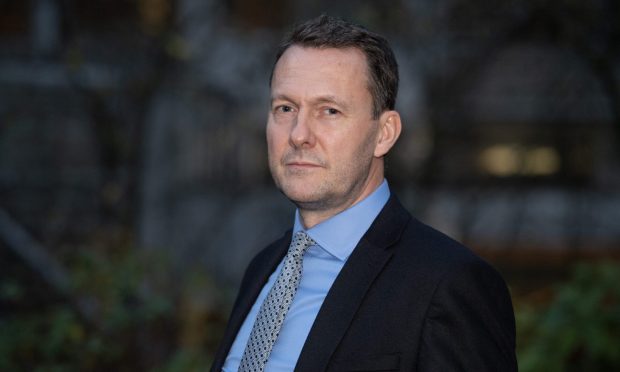
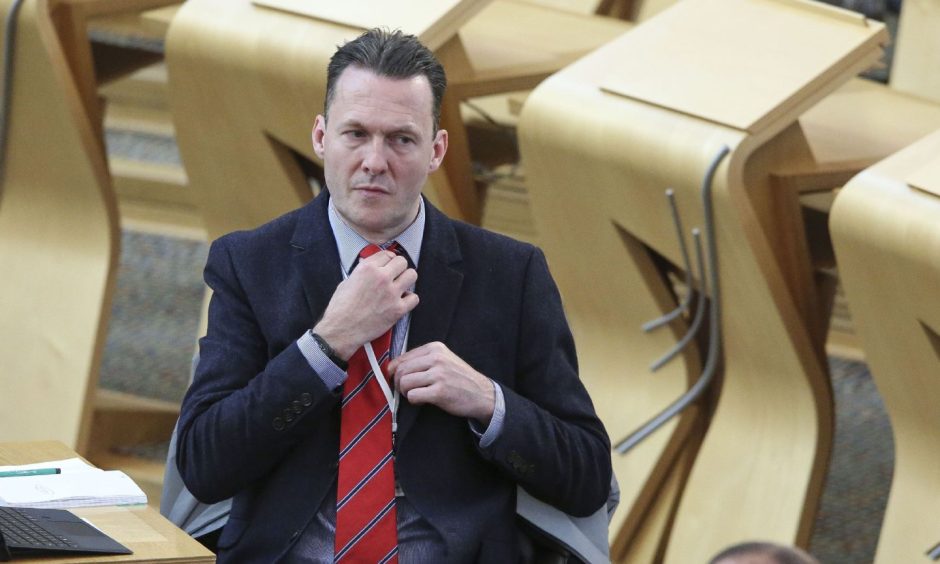

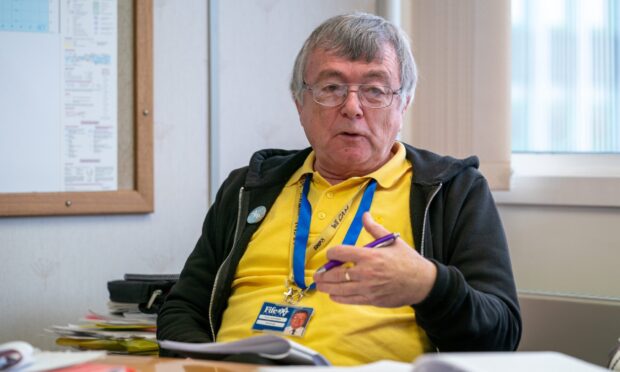



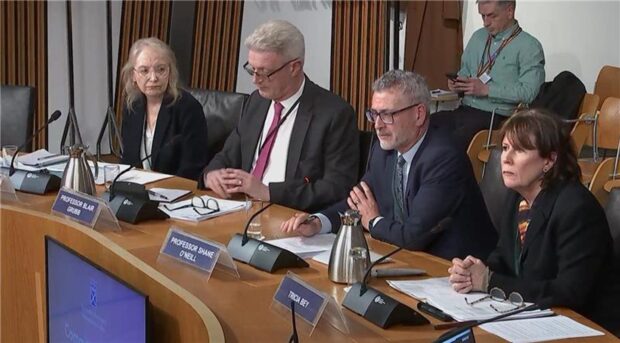
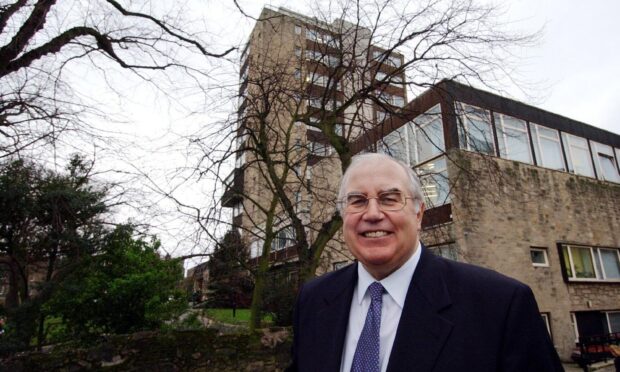

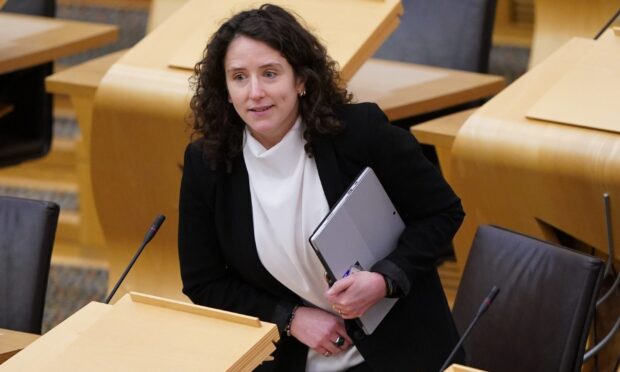


Conversation